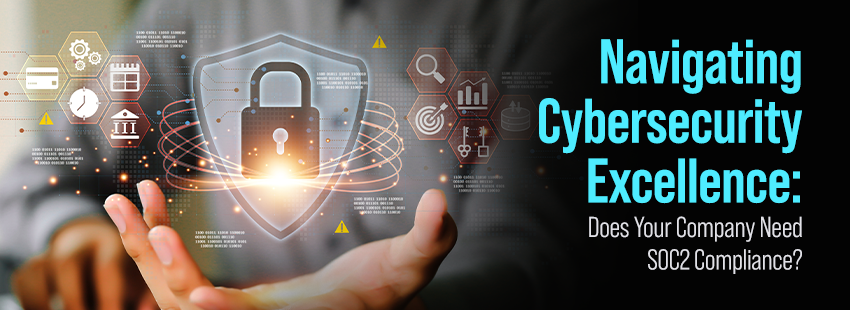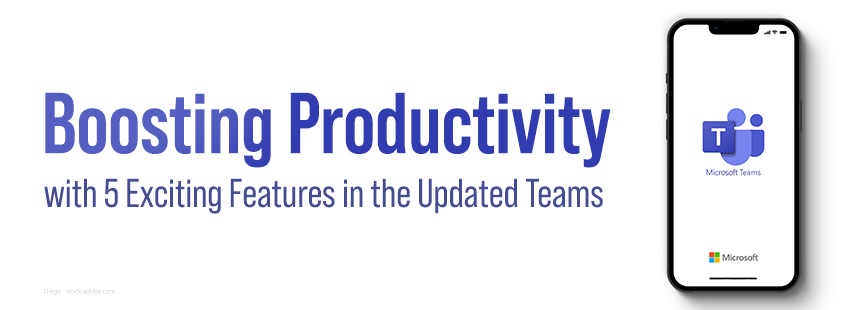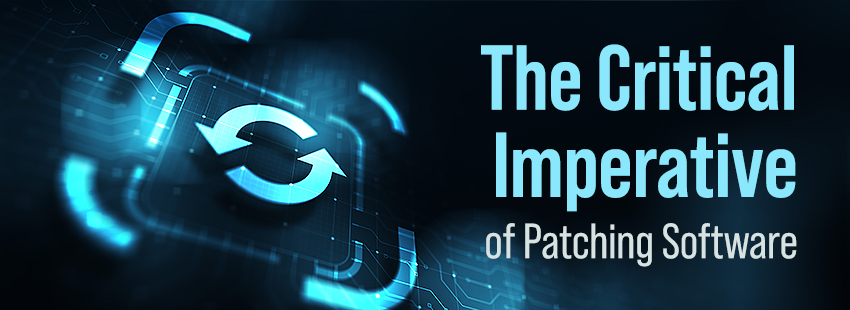Safeguarding sensitive data is not just necessary; it’s a cornerstone for the longevity of businesses. As cyber threats loom large, ensuring robust security measures has become pivotal to organizational success. In this context, SOC2 compliance emerges as a crucial standard, offering a comprehensive framework to fortify your company against potential threats and enhance overall cybersecurity.
Understanding SOC2 Compliance:
Transitioning into a SOC2-compliant structure involves grasping the intricacies of this security standard. SOC2, an acronym for Service Organization Control 2, establishes criteria for managing and securing confidential information. By adhering to SOC2 principles, your organization mitigates risks and builds a solid foundation for client trust.
The question that often surfaces is, “Does my company need SOC2?” The answer lies in your operations and data handling. Companies dealing with sensitive client information, such as financial or healthcare data, find SOC2 compliance particularly relevant. However, it extends beyond industry-specific considerations, making it an invaluable asset for any business committed to securing digital assets.
The Strategic Importance of SOC2:
SOC2 compliance is not merely a regulatory checkbox; it’s a strategic move with multifaceted benefits. It goes beyond data protection, positioning your company as a reliable and secure entity in the eyes of clients and partners. It’s not just about meeting requirements; it’s about surpassing them and excelling in the realm of cybersecurity.
Moreover, SOC2 compliance isn’t a static achievement; it’s a dynamic process that requires ongoing commitment. The benefits extend beyond a mere certification. It’s about continually evaluating and enhancing your security posture to adapt to the evolving threat landscape.
Navigating the Transition:
Transitioning to SOC2 compliance requires a methodical approach. It starts with a comprehensive risk assessment, defining system boundaries, and identifying areas vulnerable to potential threats. Each company’s journey is unique, and customization is key to crafting an effective implementation plan tailored to specific needs.
A dedicated team is the backbone of a smooth transition. Internal communication is paramount. Ensuring every team member understands the significance of SOC2 compliance creates a unified approach, fostering a culture of security within the organization.
Investment in Cybersecurity:
While transitioning to SOC2 compliance requires an investment, the returns are substantial. It’s a proactive measure against potential cyber threats, safeguarding not only data but also the reputation and future of your company. It’s an investment in cybersecurity excellence that pays dividends in client trust, industry recognition, and a competitive edge.
Embracing the Future:
The question of “Does my company need SOC2?” is more relevant. The resounding answer is yes for those committed to securing their digital presence. Embrace SOC2 compliance, fortify your company’s defenses, and thrive in an era where data security defines success. Transitioning is not just a choice; it’s a strategic imperative that propels your company into a future of cybersecurity excellence.





